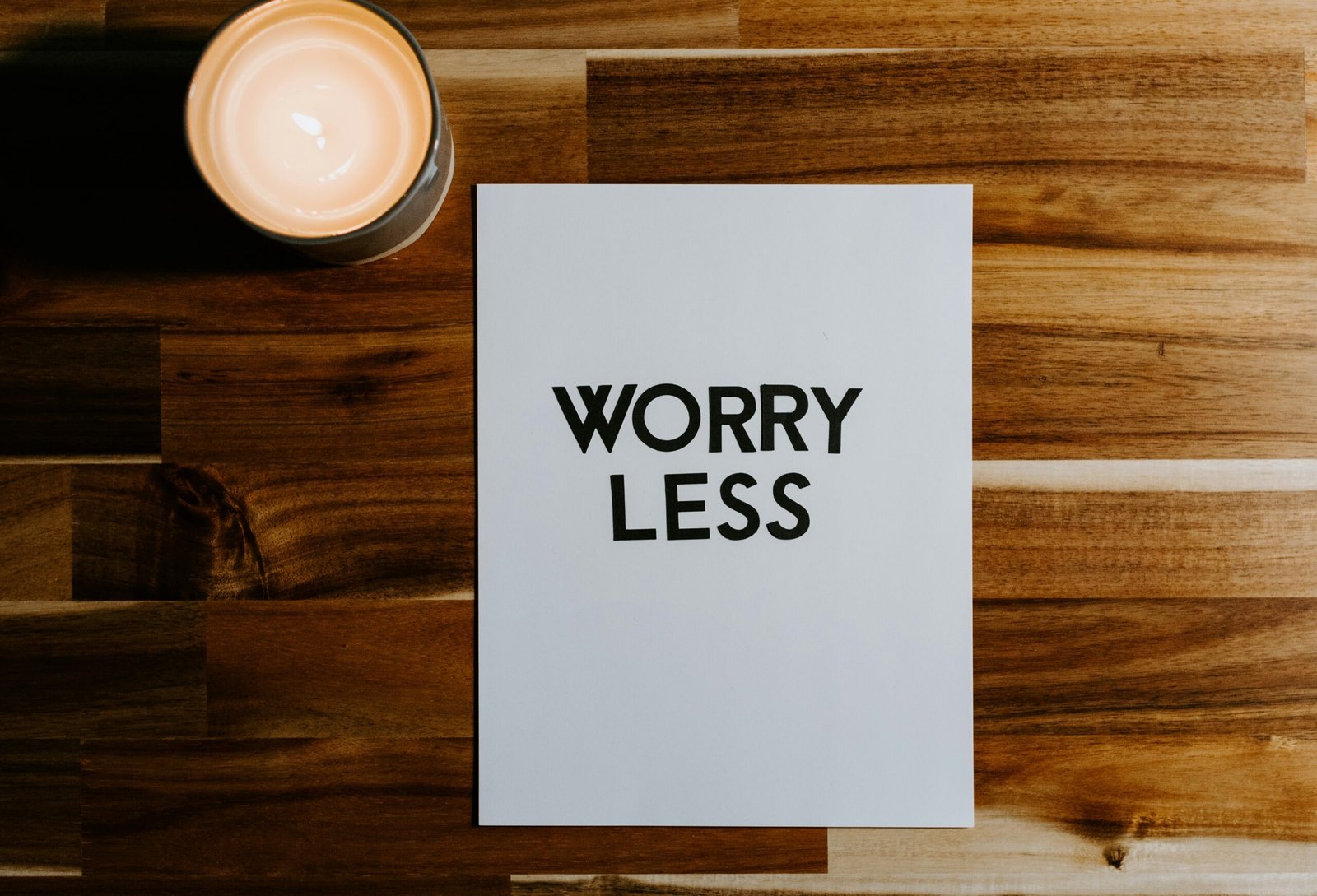The psychology of relationship dynamics is fundamental in understanding the nature of love and the intricate patterns of interactions between partners. These dynamics encompass how partners communicate, behave, and influence each other’s thoughts and emotions over time. The nuances of these interactions can determine the health and longevity of a relationship, making it a critical area of study in the field of psychology.
At the heart of the psychology of relationship dynamics are several key factors. Communication plays a vital role in shaping how partners connect and resolve conflicts. Effective communication can foster a deeper understanding and strengthen the bond between partners, while poor communication can lead to misunderstandings and resentment. Trust is another cornerstone of healthy dynamics, influencing how partners rely on each other and build emotional security.
Emotional intelligence is also a significant factor in relationship dynamics. It encompasses the ability to understand and manage one’s own emotions, as well as the emotions of the partner. High emotional intelligence can enhance empathy, allowing partners to better navigate challenges and support each other. Additionally, individual personality traits and past experiences can profoundly impact how dynamics evolve. For instance, attachment styles formed in early childhood often play out in adult relationships, influencing how individuals approach intimacy and dependency.
Understanding love through the lens of relationship dynamics allows for a more comprehensive grasp of the forces at play within a partnership. This perspective not only highlights the importance of individual contributions but also underscores the collective patterns that emerge from the interaction of both partners. By examining these dynamics, one can gain valuable insights into the psychological mechanisms that sustain love and foster a fulfilling relationship.
The Science of Love: Biological and Psychological Perspectives
Love, a multifaceted and complex emotion, has long intrigued scholars and scientists alike. At the biological level, love encompasses a series of neurochemical processes that significantly influence our emotions and behaviors. Key neurotransmitters such as dopamine and oxytocin play crucial roles in the experience of love. Dopamine, often referred to as the “feel-good” hormone, is associated with the pleasure and reward system in the brain. It is responsible for the exhilaration and euphoria commonly felt in the early stages of romantic relationships.
On the other hand, oxytocin, often termed the “love hormone,” is pivotal in fostering feelings of attachment and bonding. Released in large quantities during physical intimacy, childbirth, and breastfeeding, oxytocin helps to strengthen the emotional connection between individuals. This hormone is essential for developing long-term relationships and nurturing the deep sense of trust and security that characterizes enduring love.
From a psychological standpoint, attachment theories provide a comprehensive framework for understanding love and relationship dynamics. Originating from the work of John Bowlby and Mary Ainsworth, these theories suggest that early childhood experiences with primary caregivers shape our attachment styles, which in turn influence our romantic relationships. Secure attachment, characterized by a healthy balance of intimacy and independence, often leads to more stable and satisfying relationships. Conversely, anxious or avoidant attachment styles can result in challenges such as dependency, fear of abandonment, or emotional distance.
The interplay between these biological and psychological factors creates a complex tapestry that defines each unique romantic relationship. While the initial attraction may be fueled by a surge of dopamine, the sustained bond is often maintained through the consistent release of oxytocin and the application of learned attachment behaviors. Understanding the science behind love not only enriches our comprehension of relationship dynamics but also empowers us to foster healthier, more fulfilling connections.
Attachment Styles and Their Impact on Relationships
Attachment styles are a core element in understanding the psychology of relationship dynamics. These styles, categorized as secure, anxious, avoidant, and disorganized, profoundly influence how individuals connect with others. They are formed during early childhood based on interactions with primary caregivers and persist into adulthood, shaping the way people approach love and intimacy.
A secure attachment style, generally resulting from consistent and responsive caregiving, is characterized by a sense of trust and a healthy balance between autonomy and intimacy. Individuals with a secure attachment are comfortable with closeness and independence, fostering stable and satisfying relationships.
Anxious attachment, on the other hand, often develops from inconsistent caregiving. People with this style may experience fear of abandonment and crave constant reassurance from their partners. This can lead to clinginess, jealousy, and difficulty trusting, which can strain relationship dynamics.
Avoidant attachment arises from caregivers who were emotionally unavailable or dismissive. Adults with this style may struggle with intimacy, preferring emotional distance and self-reliance. They might avoid deep emotional connections, leading to difficulties in forming close and meaningful relationships.
Disorganized attachment, the result of chaotic or traumatic caregiving, is marked by a lack of coherent strategy in relationships. Individuals with this attachment style may exhibit a mix of anxious and avoidant behaviors, leading to unpredictable and tumultuous relationship patterns.
Understanding these attachment styles can help individuals identify their own patterns and better comprehend their partners’ behaviors. For example, recognizing an anxious attachment can explain why someone might frequently seek validation, while awareness of an avoidant style can elucidate a partner’s reluctance to engage emotionally. By gaining insight into these dynamics, couples can work towards healthier, more fulfilling relationships.
Communication: The Heartbeat of Healthy Relationships
Communication is often heralded as the cornerstone of any successful relationship. Its significance cannot be overstated, as it serves as the primary conduit through which partners convey their thoughts, feelings, and needs. Understanding the various communication styles and their impact on relationship dynamics is crucial for fostering a strong, healthy bond.
There are several communication styles that individuals typically employ, including passive, aggressive, passive-aggressive, and assertive. Passive communicators often avoid expressing their true feelings, which can lead to misunderstandings and resentment. Aggressive communicators, on the other hand, tend to dominate conversations, which can create a hostile environment. Passive-aggressive communication combines elements of both passive and aggressive styles, often leading to confusion and frustration. Assertive communication, the most effective style, involves expressing oneself clearly and respectfully, facilitating mutual understanding and respect.
Active listening is another critical component of effective communication. This involves fully concentrating on, understanding, and responding to what the other person is saying. Active listeners demonstrate empathy, validate their partner’s feelings, and avoid interrupting or judging. This practice not only fosters better understanding but also strengthens the emotional connection between partners.
However, several common barriers can impede effective communication. These include assumptions, distractions, emotional triggers, and differing communication styles. Assumptions can lead to misunderstandings, while distractions such as technology can divert attention away from meaningful conversations. Emotional triggers can cause defensive reactions, and differing communication styles can result in misinterpretations.
To overcome these barriers and enhance communication skills, partners can employ various strategies. Setting aside dedicated time for meaningful conversations, practicing active listening, and ensuring a distraction-free environment are essential steps. Additionally, being aware of and managing emotional triggers, and striving for assertive communication can significantly improve the quality of interactions. By prioritizing effective communication, partners can cultivate a deeper understanding and a stronger, more resilient relationship.
Conflict Resolution: Navigating Challenges and Disagreements
In any relationship, conflicts are an inevitable part of the dynamic. Understanding the psychology behind these conflicts can equip individuals with the necessary tools to manage them effectively. It is essential to recognize that conflicts do not inherently signify a failing relationship but rather reflect opportunities for growth and deeper understanding. The key lies in distinguishing between constructive and destructive conflicts and employing strategies to resolve disagreements healthily and productively.
Common causes of conflict in relationships often stem from differences in values, beliefs, communication styles, and unmet needs. Misunderstandings, financial disagreements, and varying expectations can also contribute to friction. By identifying the root causes of conflicts, partners can address underlying issues rather than just surface-level symptoms. This approach fosters a more profound level of understanding and empathy.
Constructive conflict involves open communication, mutual respect, and a willingness to find a resolution that benefits both parties. It allows partners to express their concerns and feelings without fear of judgment or retaliation. On the other hand, destructive conflict is characterized by hostility, blame, and a lack of resolution, often leading to resentment and emotional distance. Recognizing these patterns is crucial in steering conflicts toward constructive outcomes.
Effective conflict resolution strategies include active listening, where partners genuinely hear and validate each other’s perspectives. Techniques such as ‘I’ statements, which focus on expressing one’s feelings rather than blaming the other, can mitigate defensiveness. Setting aside time for calm and uninterrupted discussions, avoiding inflammatory language, and seeking compromise are all fundamental aspects of healthy conflict resolution. In some cases, seeking the guidance of a relationship counselor can provide additional support and strategies.
Ultimately, the goal of conflict resolution is not to eliminate disagreements but to navigate them in a way that strengthens the relationship. By fostering an environment of trust, respect, and open communication, partners can transform conflicts into opportunities for deeper connection and mutual growth.
The Role of Emotional Intelligence in Relationships
Emotional intelligence (EQ) plays a pivotal role in maintaining strong relationship dynamics. Defined as the ability to recognize, understand, and manage our own emotions while also recognizing, understanding, and influencing the emotions of others, EQ encompasses several key components: self-awareness, self-regulation, empathy, and social skills. Each of these components contributes uniquely to the fabric of a healthy relationship, fostering a deeper understanding and more effective management of emotions.
Self-awareness, the first component of EQ, involves recognizing one’s own emotional state and understanding how it affects thoughts and behaviors. This awareness allows individuals to identify emotional triggers and respond to situations more thoughtfully rather than reactively. In a relationship context, self-awareness helps partners understand their own feelings and how those feelings influence their interactions, promoting a more harmonious dynamic.
Self-regulation, the second component, is the ability to control or redirect disruptive emotions and impulses. It involves staying calm and composed, even during stress or conflict. High self-regulation means that individuals can manage their emotions constructively, preventing outbursts or negative reactions that can damage relationship dynamics. It enables partners to handle conflicts maturely and find solutions that benefit both parties.
Empathy, another critical element of EQ, is the ability to understand and share the feelings of others. Empathy fosters a deeper connection between individuals, allowing them to experience and validate each other’s emotions. By empathizing, partners are more likely to communicate effectively, offer appropriate support, and nurture a sense of mutual respect and understanding, all of which are essential for a healthy relationship.
Lastly, social skills are the abilities used to interact and communicate with others effectively. Strong social skills facilitate better communication, conflict resolution, and collaboration. In relationships, these skills help partners navigate social complexities, build trust, and create a supportive environment where both individuals feel valued and understood.
In essence, high emotional intelligence enables better understanding and management of emotions, leading to healthier and more satisfying relationships. By cultivating self-awareness, self-regulation, empathy, and social skills, individuals can enhance their relationship dynamics and foster lasting, meaningful connections.
The Influence of External Factors on Relationship Dynamics
Understanding the dynamics of a relationship necessitates examining the external factors that influence it. Social support, cultural norms, and life stressors are pivotal elements that shape how couples interact and maintain their connection. A supportive social network can significantly bolster a relationship by providing emotional reinforcement and practical assistance. Friends, family, and community can offer diverse perspectives, advice, and a sense of belonging, which can help couples navigate through challenges and reinforce their bond.
Cultural norms play a substantial role in defining relationship expectations and behaviors. These norms dictate what is considered acceptable within a relationship, affecting everything from communication styles to conflict resolution methods. Cultural values can either strengthen a relationship by providing a shared framework or create friction if the partners’ cultural backgrounds differ significantly. Understanding and respecting each other’s cultural context can promote harmony and mutual respect within the relationship.
Life stressors, such as financial difficulties, career pressures, and health issues, can strain relationships by introducing additional challenges and emotional burdens. How couples manage these stressors can either fortify their bond or lead to discord. Effective communication and mutual support are crucial in navigating these pressures. Couples who can openly discuss their stressors and collaborate on solutions often emerge stronger and more resilient.
Navigating external pressures requires a proactive approach. Couples should prioritize building a strong, supportive network, respect and integrate each other’s cultural backgrounds, and develop strategies for managing stress. By understanding and addressing these external factors, couples can enhance their relationship dynamics and foster a more robust and enduring connection.
Building and Sustaining Healthy Relationships
Building and sustaining healthy relationships requires a combination of mutual respect, shared values, and ongoing effort. At the core of any strong relationship is mutual respect, which involves recognizing and valuing each partner’s individuality and perspectives. Respect manifests in everyday interactions, from active listening and open communication to valuing each other’s opinions and boundaries. Without it, trust and intimacy can erode, leading to conflict and dissatisfaction.
Shared values form another fundamental pillar of a healthy relationship. When partners align on core beliefs and long-term goals, they establish a strong foundation for navigating life’s challenges together. These shared values might encompass views on family, career aspirations, or ethical principles. While differences can and do exist, finding common ground in essential areas fosters a deeper connection and mutual understanding.
Relationships also thrive on ongoing effort and commitment. Love and connection are not static; they require continuous nurturing. Regularly spending quality time together, expressing appreciation, and engaging in meaningful conversations are vital practices. Additionally, adapting to each other’s evolving needs and circumstances is crucial. This might involve being flexible with changing life situations or supporting each other’s personal growth and aspirations.
To nurture love and connection over time, it is essential to prioritize emotional intimacy. This involves being vulnerable and honest with each other, sharing feelings and thoughts without fear of judgment. Emotional intimacy builds trust and strengthens the bond between partners. Moreover, maintaining a sense of humor and finding joy in each other’s company can help weather the inevitable ups and downs of life.
In conclusion, fostering lasting, fulfilling relationships demands a blend of mutual respect, shared values, continuous effort, and emotional intimacy. By integrating these elements into the fabric of daily life, couples can build a resilient and loving partnership that grows stronger with time.














